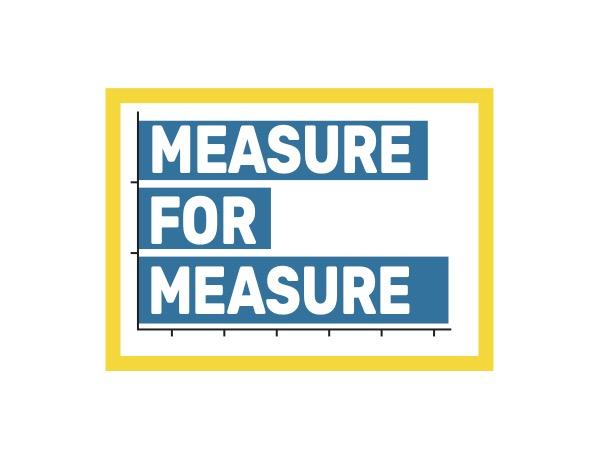Community vs. Commodity: Residual Benefits from Purchasing Arts Experiences

In the May 2023 episode of the NEA’s Quick Study podcast, I alluded to some of the more promising studies about the arts’ positive relationships to social cohesion. While in Boston for a conference, however, I came across an article that made me rethink how the raw experience of arts participation can foster not just togetherness—because of the inherently social quality of many arts activities—but also what keynote speaker, Robert Waldinger, MD, Harvard Medical School, called “collective effervescence.”
The Boston event, titled “Building Connected Communities,” was hosted by the Harvard Human Flourishing Program, The Foundation for Social Connection, and Healthy Places by Design (with support from Einhorn Collaborative). Other speakers included Surgeon General Vivek Murthy, columnist E.J. Dionne, National Humanities Medal recipient Robert Putnam—who continues to study factors affecting civic engagement in the U.S.—and psychologist Jean Twenge, whose research follows social media use in the context of youth mental health, and many others.
On the second evening, I joined Jeremy Nobel, author of Project UnLonely: Healing Our Crisis of Disconnection, to address a group at the Harvard Art Museums. My plea was simple: don’t forget the arts when formulating policy responses to what Dr. Murthy has termed “our epidemic of loneliness and isolation.” I then took the opportunity to try out my favorite new expression.
“Collective effervescence,” a phrase coined by the sociologist Emile Durkheim (1858-1917) to refer to religious and spiritual activities, strikes me as an apt characterization of a social dimension of the arts that often goes overlooked—even by those lauding more instrumental benefits such as community attachment or civic engagement. The idea is connected to what C.S. Lewis wrote about “reading great literature.”
“I become a thousand [people] and yet remain myself… I see with a myriad eyes, but it is still I who see. Here, as in worship, in love, in moral action, and in knowing, I transcend myself, and am never more myself than when I do.”
Heady stuff. Still, what kind of data do we have that might support these perceptions, with reference to arts participation? In his talk, Dr. Waldinger offered a clue. He pointed to recent studies comparing how people felt after making purchases to have an experience (often in groups), versus spending on material items.
For example, in 2020, Amit Kumar, University of Texas at Austin, et al., published an article titled “Spending on doing promotes more moment-to-moment happiness than spending on having” in the Journal of Experimental Social Psychology. The article covers two studies: one consisting of 2,635 adults who were randomized into two groups.
By text message, participants were asked throughout the day about their current emotions, and then, depending on the group, either whether they had made a “material” or “experiential” purchase in the past hour. The second study involved 5,254 adults who received pop-up messages, asking them to report on their emotions, and then whether they had made a material purchase, an experiential purchase, or neither.
The studies defined material purchases as “those made with the primary intention of acquiring a material good: a tangible object that is obtained and kept in one's possession. These are things like furniture, clothing, jewelry, electronic goods, etc.,” and experiential purchases as “those with the primary intention of acquiring a life experience: an event or series of events that one personally encounters or lives through. These are purchases like concert tickets, trips, restaurant meals, going to sporting events, etc.”
In both studies, experiential purchases were associated with significantly greater self-reported happiness than were material purchases. Also, because the data collection methods enabled participants to respond within an hour of each transaction, the reports of happiness can be described as “in-the-moment” returns from these experiential investments, the authors suggest.
“People's experiential purchases, in other words, live on longer and are likely to provide more active, moment-to-moment happiness as they lead people to feel better about themselves and connect more with others,” Kumar et al. write. Stressing the implications of these findings for social connectedness, the authors add that “because experiences also lend themselves more to re-living and sharing memories with others, individuals can also advance their momentary happiness through these types of extended consumption as well.”
The ability to build memories around a shared experience (e.g., in the arts) is arguably a precondition for community. The collective memory of a place is, after all, one means by which residents relate to each other, and to their common heritage. But it also can be the source for change or renewal, by providing them the basis for negotiating a new destiny.
In light of Kumar’s study results, I look forward to future research involving the NEA’s recently-released Survey of Public Participation in the Arts data, which we plan to use to better understand, where possible, the social dynamics of arts participation. Previous NEA research has shown that a primary motivation for experiencing in-person events is to connect with other people. That’s a lot of collective effervescing!
Sunil Iyengar directs the Office of Research & Analysis at the National Endowment for the Arts.




